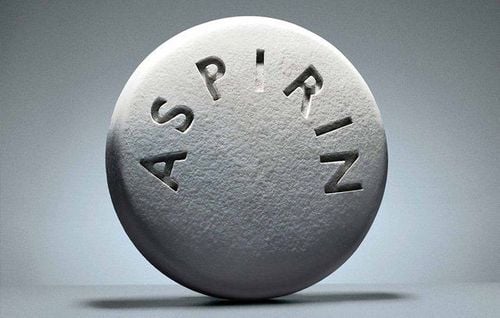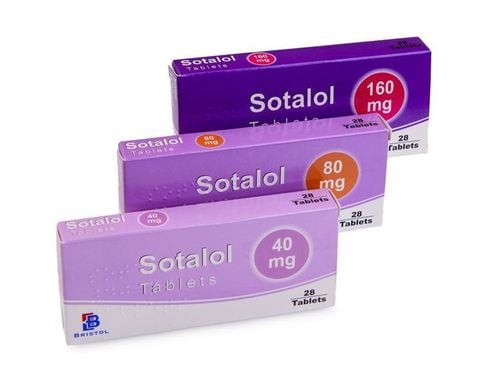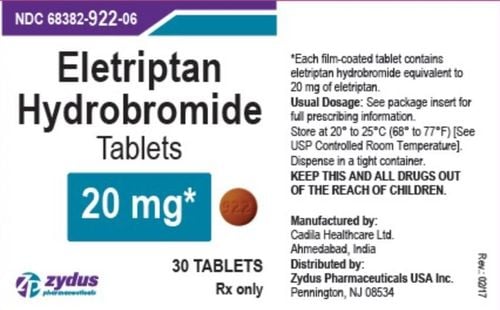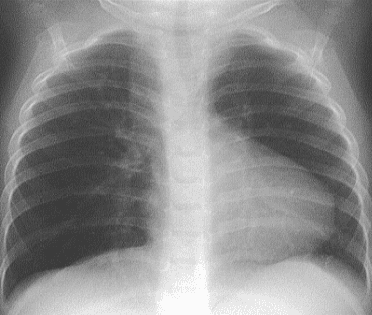This is an automatically translated article.
Post by Master, Doctor Reinel Martin Alvarez Plasencia - Cardiologist - Cardiovascular Center - Vinmec Times City International Hospital
Cardiovascular disease is a dangerous disease and the leading cause of death in the world. There are many methods of cardiovascular diagnosis today, and heart rate testing is an effective diagnostic method chosen by many doctors.
1. Cardiovascular disease is the leading cause of death in the world
Cardiovascular diseases are conditions affecting the heart and blood vessels, including congenital heart disease and acquired cardiovascular disease. In which, coronary artery disease, cerebrovascular accident (stroke), hypertension, peripheral artery disease and heart failure are quite common diseases, causing significant impact on patients' lives. Especially patients with high risk factors such as sitting a lot, sedentary, obesity, smoking, drinking a lot of alcohol, diabetes, high blood fat. In addition, diseases caused by rheumatic heart disease or arrhythmia are also secondary causes of cardiovascular problems.
Coronary heart disease is the leading cause of death in the world in general and in Vietnam in particular in recent years. People with cardiovascular disease often have symptoms such as chest pain, numbness in the limbs, leg swelling, fatigue, shortness of breath or shallow breathing. Some patients have a feeling of palpitations, heart beat faster or slower than usual, dizziness, lightheadedness, fainting. Some of the above symptoms appear earlier with exertion or later at rest if the condition is more severe.
Currently, the application of modern technological equipment in cardiovascular disease has made a great contribution to the detection and treatment of the disease. Vinmec medical system is one of the pioneers, owning modern equipment that allows accurate and comprehensive assessment of cardiovascular diseases and patient conditions.
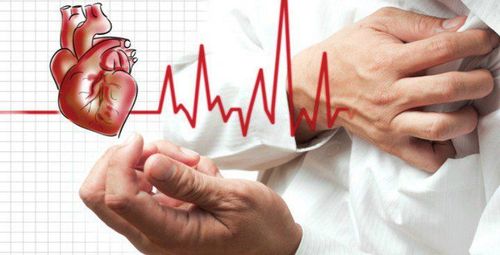
2. Cardiac diagnostic machine system through heart rate testing methods
2.1. Electrocardiogram 12 rods
Electrocardiogram is a simple, safe and painless method of checking the heart rate and electrical activity of the heart. The patient will have electrodes attached to the skin, from which the electrical signal of the heart will be recorded through these electrodes.
Before taking the electrocardiogram, the patient does not need to do any special preparation and can still eat and drink normally. However, it is advisable to keep the chest area clean and free of sweat to ensure accurate test results.
Basic information about the patient (full name, age, date of birth) will be updated on the electrocardiogram machine to help identify the patient easily, and at the same time to help store and send Results to doctors in case of need to consult and evaluate patients remotely.
Electrocardiogram method is applied in all cases of patients with or suspected cardiovascular disease. Different types of cardiovascular disease will have different signs and changes on the electrocardiogram. Based on the characteristics of the electrocardiogram, the doctor can make a preliminary diagnosis for the patient's condition.
Electrocardiogram is indicated when the patient has a history of cardiovascular disease (to assess the condition and effectiveness of the drug) or when the doctor suspects that the patient has cardiovascular problems through clinical examination. ready (chest pain, shortness of breath, palpitations, dizziness...). Through the results of the electrocardiogram, doctors can know whether the patient is suffering from cardiovascular diseases such as: arrhythmia, myocardial ischemia, valvular heart disease, myocardial disorder (also known as heart disease). cardiomyopathy) or infectious heart disease (pericarditis, myocarditis) or not. In addition, an electrocardiogram is also indicated when the patient has cardiovascular risk factors related to the above diseases or if the patient has neurological signs that suggest a transient ischemic attack or stroke. stroke. For example, vision changes, numbness, weakness, communication problems caused by some heart problems are also causes of stroke. Electrocardiogram is also a mandatory indication in cardiovascular examination when patients have indications for surgery or people who do jobs with risk factors (pilots, divers, athletes...).
However, the electrocardiogram method also has a limitation because it can only measure the ECG wave at a time, so the abnormalities on the electrocardiogram are only shown for a short period of time when measuring. Therefore, the results of the electrocardiogram will sometimes not show all the heart problems that the patient is having.
2.2. Holter electrocardiogram machine - Ambulatory electrocardiogram
Usually, when a patient has an arrhythmia, the signs are short-lived and have irregular, unpredictable intervals. It is therefore difficult to diagnose symptomatic arrhythmias on a routine electrocardiogram. In such cases, the use of an electrocardiogram Holter is essential to record these signs of arrhythmia. Or if the patient is being treated for cardiovascular disease, wearing an electrocardiogram Holter will help assess the effectiveness of the drug and adjust the dose if necessary. In addition, Holter electrocardiograms also help doctors assess whether a patient's symptoms are caused by an existing arrhythmia, a new type of arrhythmia, or are completely unrelated to the arrhythmia. Other arrhythmias (arrhythmic-promoting phenomena) caused by the use of antiarrhythmic drugs can also be detected by wearing a Holter electrocardiogram.
The electrocardiogram Holter consists of a monitoring device, several skin electrodes, and leads. The system of wires and electrodes helps to connect the monitoring device to electrodes attached to the skin, thereby helping to transmit the heart's electrical signals to the monitoring device. Within 24 hours of wearing the device, patients need to avoid bathing, swimming, but can still do daily activities. At the same time, patients should also keep a record of the activities they have performed or when they see unusual symptoms during the monitoring process. The purpose of this is to help the doctor identify abnormalities that correspond to the recorded ECG results. After removing the Holter EKG machine, the doctor will check the results and talk back to the patient about the machine's records.
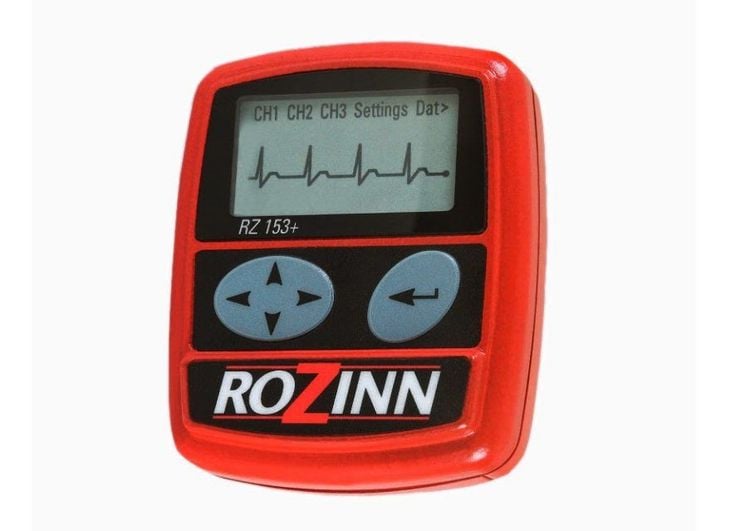
2.3. Running carpet stress electrocardiogram test
Electrocardiographic stress testing has long been used in the diagnosis of cardiovascular problems. The treadmill is an integral part of the electrocardiogram stress test. A very common condition that requires stress testing to diagnose is coronary artery disease secondary to atherosclerosis. This is a disease in which the coronary arteries are narrowed due to the accumulation of fat in the vessel walls. Usually, the narrowing of the coronary arteries is not so severe that it reduces blood flow to the heart muscle and causes angina at rest. However, when the patient's heart has to work harder during exercise on the treadmill, the blood supply to the heart muscle will not be enough to ensure the normal functioning of the heart and the patient will appear ill. chest pain symptoms.
Many patients with symptoms related to cardiovascular disease such as dyspnea, palpitations, fatigue with activity, exercise should be examined with electrocardiographic stress testing. When testing the patient's stress, the patient's symptoms and the obtained data will help the doctor confirm, diagnose, and conclude the patient's cardiovascular problems.
The jogging stress test is the optimal method to help detect the symptoms of patients with cardiovascular disease risk or suspected coronary artery disease. This is especially so when some patients are asymptomatic despite having significant coronary artery stenosis due to the low intensity of daily activities. In patients with already diagnosed coronary artery disease, the test helps to evaluate the effectiveness of medical therapy or revascularization. This test also helps detect symptoms in people with valvular heart disease, or helps diagnose heart muscle diseases and heart rhythm problems.
During the stress test, the patient will be connected to a heart monitor. The machine has many test modes and various level stages. Initially, the patient will be asked to walk slowly on the running mat and gradually increase the speed. The treadmill will be adjusted uphill to increase the patient's mobility. If there are any symptoms, the patient should immediately report to the doctor and medical staff. The doctor will stop the test whenever the patient has reached the target heart rate or stopped due to other causes. When the test has stopped, the patient will sit or lie down to recheck blood pressure and heart rate. During the stress test, all parameters of the patient's heart rate, blood pressure, exercise capacity and electrocardiogram will be monitored and recorded, thereby helping to provide doctors with important information. for diagnosis and prognosis.
Stress testing is generally very safe for the patient, especially when the patient's condition is monitored in a safe environment under the supervision of well-trained physicians and medical staff. However, there are also some very rare risks that can occur such as chest pain, syncope or arrhythmia and are usually well managed by physicians.
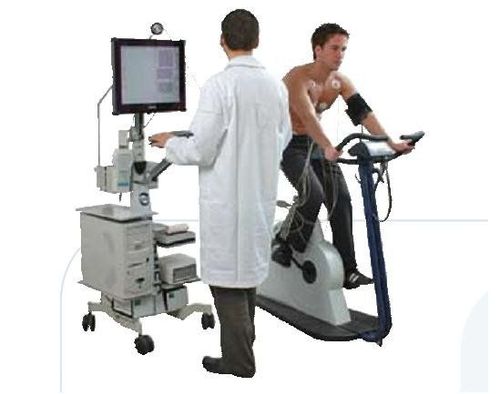
Towards the goal of becoming a Heart Center according to international standards. In addition to gathering a team of experienced doctors and nurses, Vinmec International Hospital also owns state-of-the-art cardiovascular diagnostic equipment and facilities such as 2D and 3D echocardiography machines with full ultrasound features. Esophageal and chest wall echocardiogram, electrocardiogram machine, blood pressure Holter machine, Holter electrocardiogram machine, stress ECG machine: Running mat, tilt bike, tilt test...
Especially, at Vinmec also There is a Hybrid Operating Room with state-of-the-art equipment such as DSA angiography machine, an integrated anesthesia machine that brings the highest efficiency in the treatment of cardiovascular diseases such as combined surgery and angioplasty intervention, coronary stenting with modern minimally invasive techniques. Therefore, with the diagnosis of cardiovascular disease, it will be detected and treated promptly, avoiding dangerous complications that may occur.
Please dial HOTLINE for more information or register for an appointment HERE. Download MyVinmec app to make appointments faster and to manage your bookings easily.






